“It is announced from Buckingham Palace that, with regret, the Prince and Princess of Wales have decided to separate.
“Their Royal Highnesses have no plans to divorce and their constitutional positions are unaffected. This decision has been reached amicably, and they will both continue to participate fully in the upbringing of their children.”
Prime Minister John Major broke the news of Charles and Diana’s separation before a hushed House of Commons in a televised appearance on December 9 1992.
What happened next won’t appear in the latest season of The Crown.
Charles gained sympathy 48 hours after the seven-sentence-long announcement in Dundee, where he has been a regular visitor since the 1970s.
Charles looked relaxed and happy as he made his way to the Caird Hall to deliver a keynote speech at a conference on roads, bridges and traffic in the countryside.
How was Charles feeling?
He spent time chatting to the crowd that hastily gathered in the City Square as word spread of his visit.
There had been, for security reasons, little prior notice.
One woman, who had made her way to the front of the throng, asked Charles how he was feeling after what was undoubtedly a most difficult 48 hours for his family.
“Not too bad,” he replied.
Charles spent time with a group of Dundee High School pupils including 15-year-old Charlotte Blair, who said she too was known to her friends as Charlie.
The pupils told Charles about the school’s forthcoming Christmas dance.
There were no airs or graces and Charles thanked well-wishers before heading off to the conference to speak about the environmental issues which are close to his heart.
He called on Scotland’s road engineers – “the greatest in the world” – to continue their great tradition by building “with sensitivity and even a sense of reverence in the countryside”.
He told the 400 delegates at the event – organised by the Scottish Office in conjunction with the County Surveyor’s Society of Scotland – that roads and bridges built today will often last longer than our buildings.
They will have an irreversible impact on the landscape.
Charles said a new road or bridge was something to be proud of – and in Scotland, which he loved with all his heart, they should be built with sensitivity and reverence to serve present and future generations wisely.
Charles said he had come to Dundee to fulfil a promise he made two years ago.
He had convened a lunch with experts to find out if anyone else saw the conflict in Scotland – “what is still, to me, at least, the most beautiful country in the world” – between the need for new and better roads and bridges and their often detrimental effect on the landscape.
Charles said: “It soon became clear at that meeting that I was not entirely alone in my concerns and between us we asked rather a lot of questions of the Director of the Scottish Roads Department.
“To his credit, poor man, he agreed that this was a problem worth addressing, and tactfully promised a review paper to be followed by a conference to discuss the subject with all interested parties.
“For my part, I rather rashly promised to attend the conference if I thought the review document was a real step forward – which I do – so here I am.
“As I said earlier, this isn’t simply a local problem. Roadbuilders the world over have to find a balance between the need to move people and engender economic activity in an area, and the needs of those same people for places of tranquillity.
“As the world becomes more and more crowded, this problem will only ever increase.”
People who travelled the world told him that if a road was being built anywhere, the odds were that the man in charge would be Scottish.
The Scottish Office report on Roads, Bridges and Traffic in the Countryside could be instrumental in helping yet another generation of Scottish roadbuilders lead the world, he believed.
Encouraging a new spirit of innovation and excellence among those who design and build our roads could lead to Scotland pioneering better international standards of environmental awareness and sensitivity.
However, he thought it would first be necessary to stress the need for roads engineers to have dialogue and interaction with other disciplines, as no amount of good landscaping would correct the problems of an ill-conceived road or bridge.
He considered that road and rail systems could operate in a more co-ordinated fashion to create a better transport network.
He asked if improving minor roads to quicken travelling times was sometimes justified when the improvements could scar the beauty of the surrounding countryside.
While welcoming the Scottish Office report, he thought it did not sufficiently address the problem of traffic management.
He said: “If we could avoid having ever-larger traffic volumes, vehicles and speeds on our roads, with the resulting pollution and congestion, there would not be the same pressure to widen so many roads and bridges.”
Charles is a keen hedgeman and champion of the traditional craft of hedge-laying.
He made a personal plea that consideration be given to including hedges in motorway designs – both on the central reservations, “to eliminate the dazzle factor” – and also to break up the vast, longitudinal expanses of blank embankments.
He joined up with Diana afterwards
When he emerged from the Caird Hall about an hour later, a substantial crowd had remained to catch sight of him. He paused on the steps to wave before heading off in the company of Lord Provost Tom McDonald.
Charles travelled to Edinburgh from Dundee where the European Community was hosting its year-end summit.
This marked the end of the six-month British presidency of the Community under the EC’s rotating system.
Charles and Diana joined an official banquet on board the Royal Yacht Britannia in Edinburgh, which was their first engagement together since the announcement.
They joined four other members of the royal family including The Queen and Prince Philip alongside 12 heads of state to celebrate the Edinburgh summit.
Charles and Diana sat at separate tables but this was said to be customary.
Charles hosted the second table, which included John Major, Chancellor Helmut Kohl of Germany and the prime ministers of Portugal, Italy and Spain.
The royal family stayed on board the yacht afterwards, with the exception of Diana, before the small matter of a wedding the following day at Crathie Kirk.
Princess Anne and Timothy Laurence got married in a small ceremony attended by her parents, her children Zara and Peter, as well as Charles and Prince Andrew.
Charles and Diana continued to carry out full and separate programmes of public engagements and would finally divorce in August 1996.
Tragically, her life was cut short after a fatal car crash in Paris a year later.
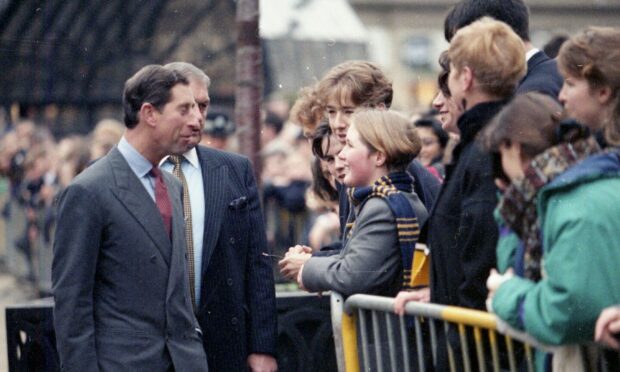
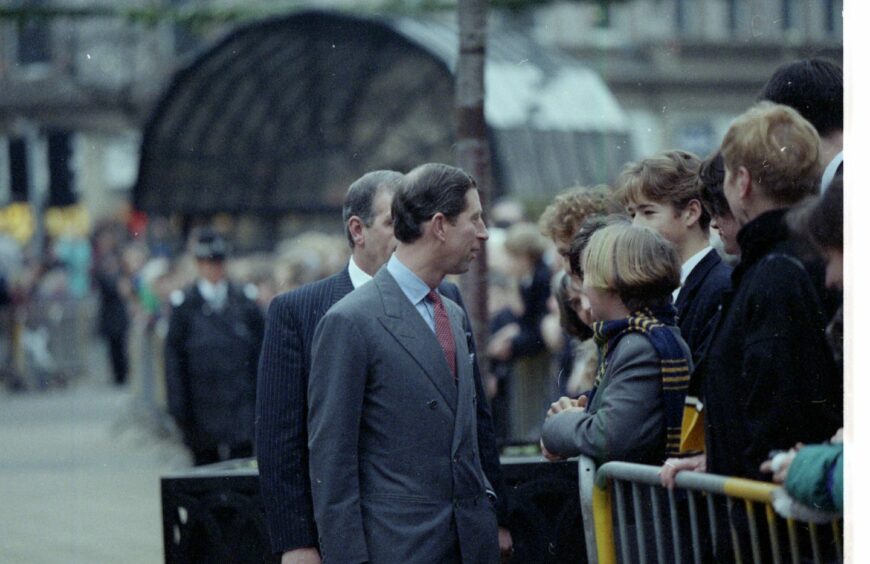
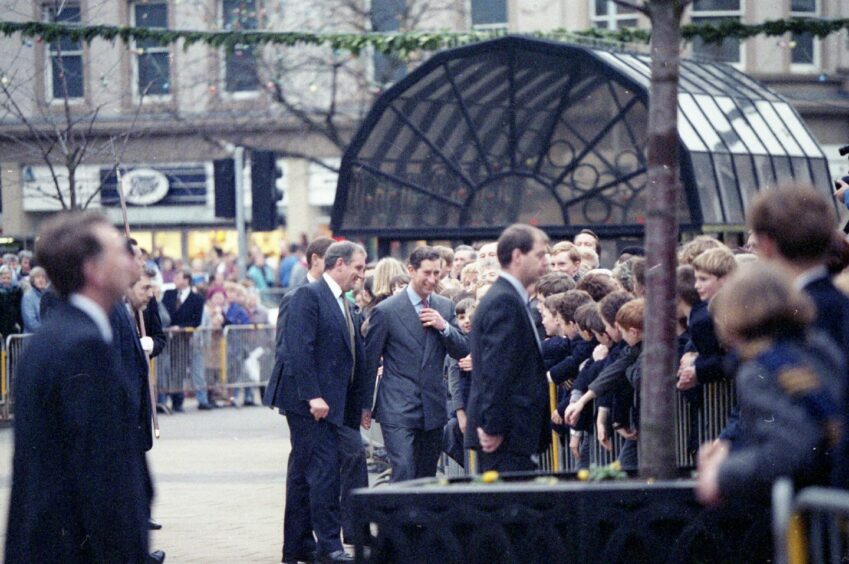
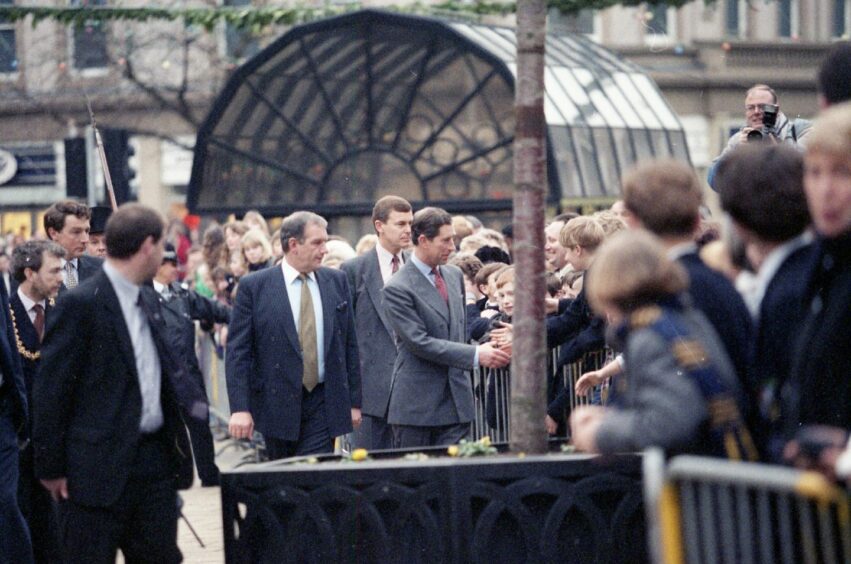
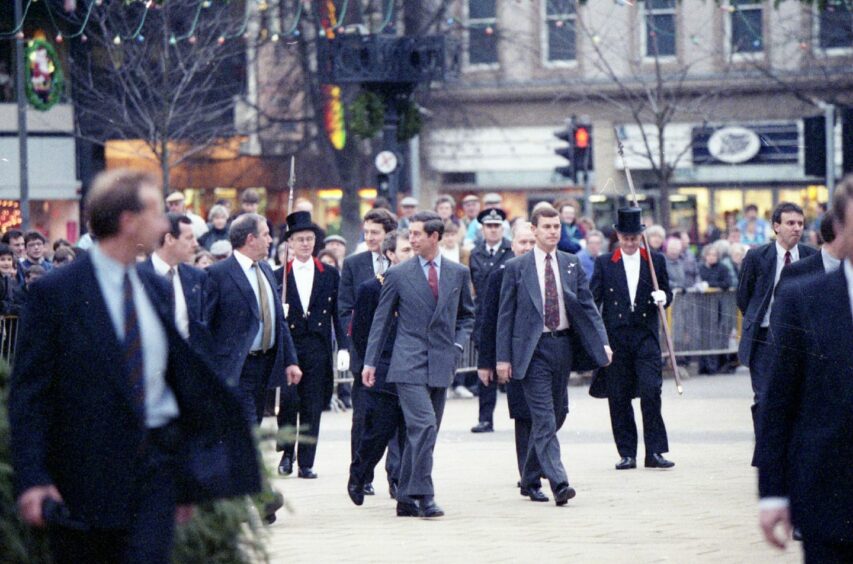
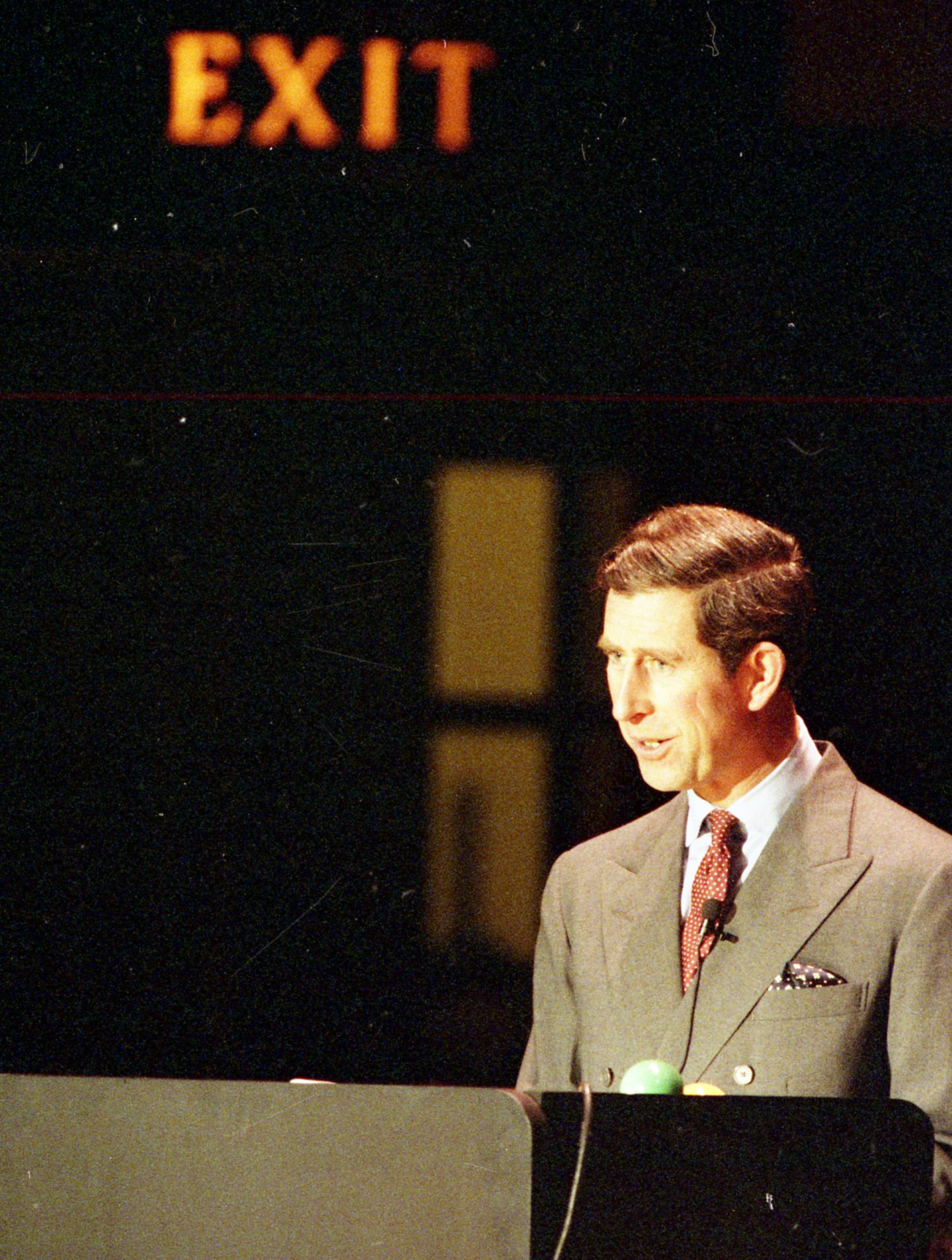
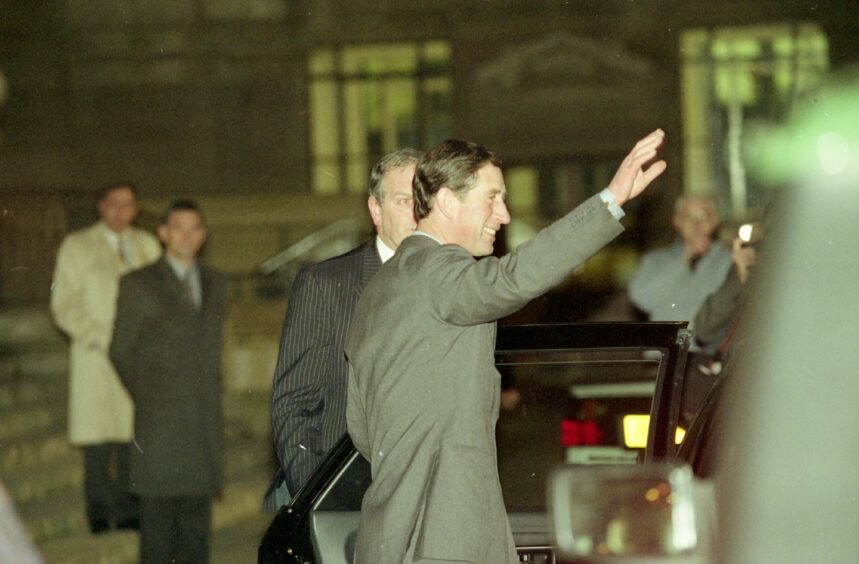
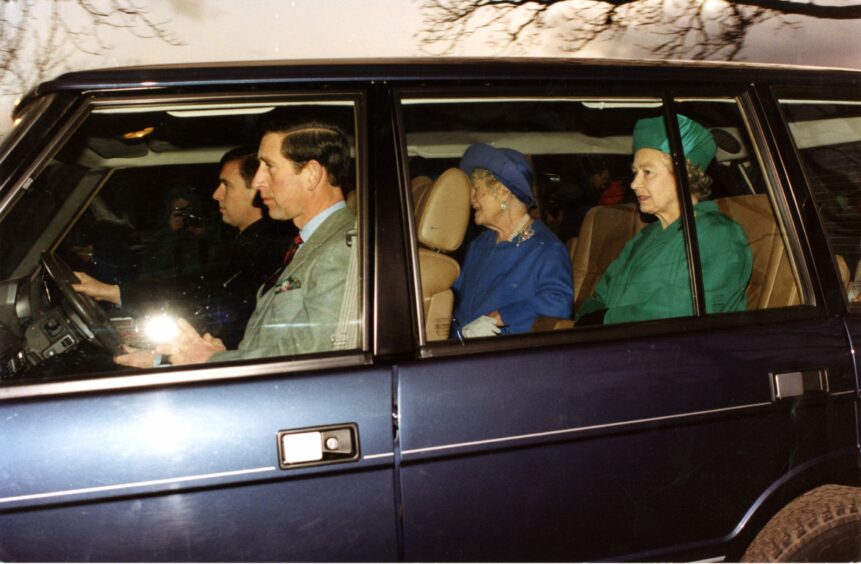
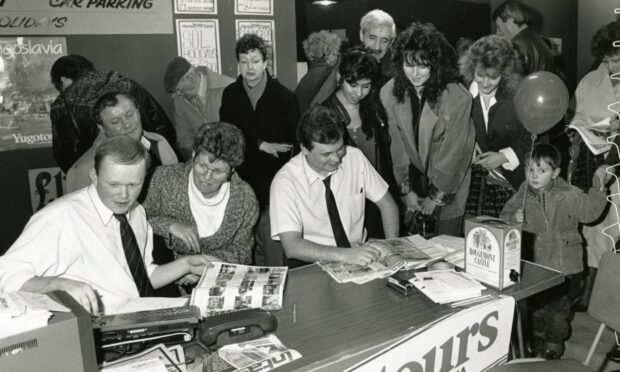









Conversation